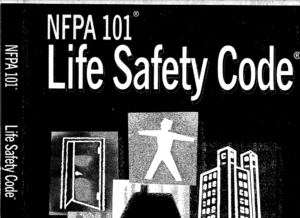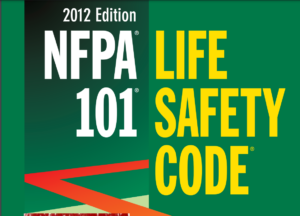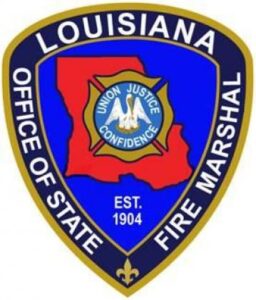The 2006 edition of NFPA 101, Life Safety Code, is a comprehensive set of guidelines aimed at minimizing dangers to life from fires and related hazards within various types of buildings and structures. This code, established by the National Fire Protection Association (NFPA), traces its origins back to 1913 and has evolved significantly over the decades, influenced by tragic incidents and increasing awareness about fire safety.
Initially focused on standardizing exit routes and emergency egress strategies to enhance building safety, the Life Safety Code has expanded to cover a broad spectrum of safety measures. These include the construction of fire escapes, the arrangement of exit facilities, and specific safety protocols for different types of occupancies such as factories, schools, and theaters. Historical events like the Cocoanut Grove Night Club fire and hotel fires in the 1940s underscored the need for such comprehensive safety standards.
Over the years, the code has undergone various amendments to include more detailed safety features, addressing issues not initially covered and adapting to new fire safety knowledge and technologies. By 2006, the code not only set forth standards for traditional building safety but also introduced chapters specific to modern needs like building rehabilitation and performance-based options, allowing for adaptive reuse of buildings without compromising safety.
This edition of the Life Safety Code includes detailed requirements across several chapters, focusing on mandatory safety measures applicable to all occupancies and additional provisions that apply under specific conditions. It also emphasizes the importance of understanding the core chapters to effectively implement the code’s requirements across various building types.
Furthermore, the 2006 edition prioritizes the use of both U.S. Customary and metric units, catering to an international audience and ensuring that the safety protocols are accessible and implementable worldwide. This holistic approach to fire and life safety underscores the NFPA’s commitment to enhancing safety through comprehensive, adaptable, and well-structured guidelines.






